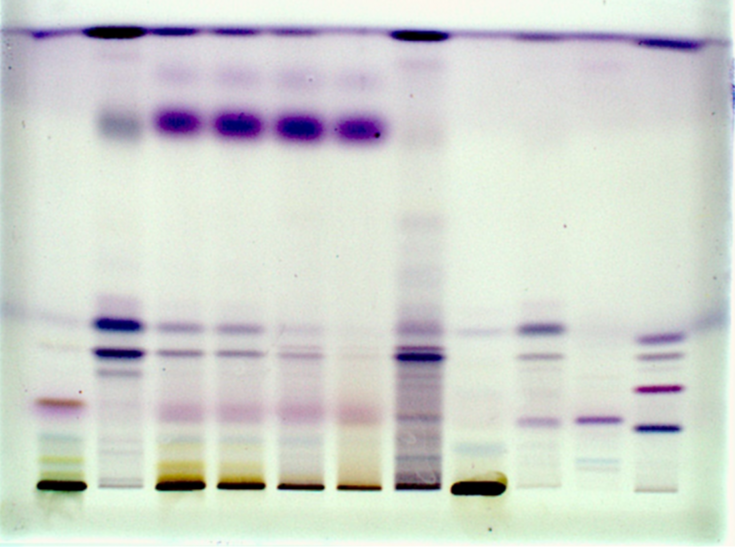Characterization and quantification of wood extractives during sulphite pulping and TCF bleaching
SUPERVISOR: Antje POTTHAST
PROJECT ASSIGNED TO: Sebastian ESPAÑA OROZCO
Wood extractives are by far the smallest constituent of wood and are by definition small molecular weight molecules, which do not contribute to the structural framework of wood and are extractable with common solvents. Depending on their polarity they can be classified into hydrophilic and lipophilic wood extractives. The latter are sterols, fats and waxes, soluble in organic solvents such as hexane or, more sophisticated, supercritical CO2.
Although lipophilic wood extractives only contribute to a minor extent to the total composition of wood, they have a detrimental impact on the pulp and paper industry as high throughput and closed water systems lead to accumulation and cause several issues referred as pitch problems. Thus, it is obligatory, to have knowledge of the wood extractives imparted in the facility to avoid breakdown times, consumption of chemicals or environmental pollution with toxic components.
The broad range of highly reactive wood extractives demands the use of several analytical methods. High input of chemicals in the pulp and paper industry even increases the heterogeneity of target compounds, which makes sample preparation and analysis demanding. Thus, the aim of this thesis is to develop or improve advanced analytical methods to characterize and quantify wood extractives and their reaction products during a sulfite process and along a TCF bleaching sequence to better understand their behavior during pulping and bleaching.

Figure 1: HPTLC plate of several pulp extracts and process filtrates.
